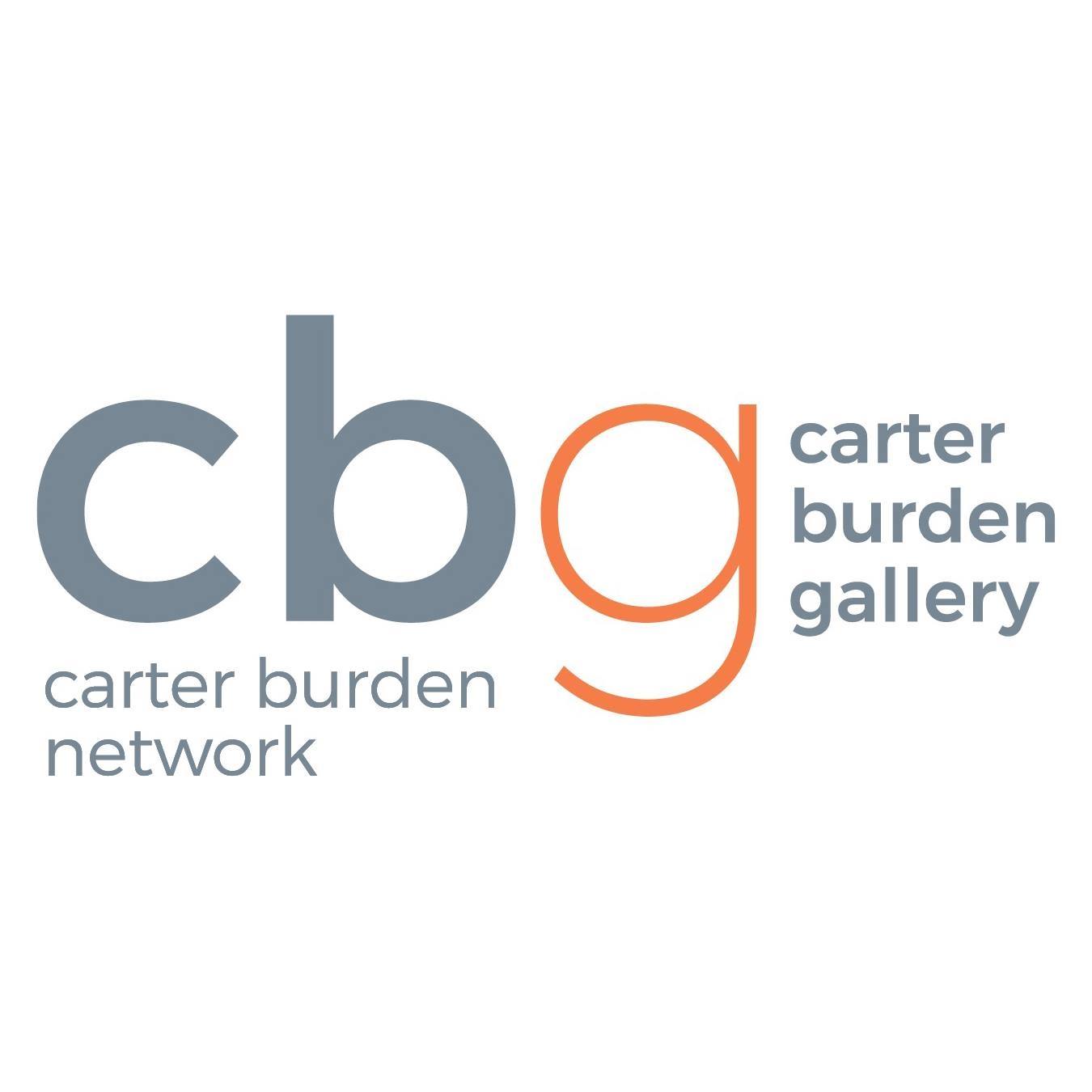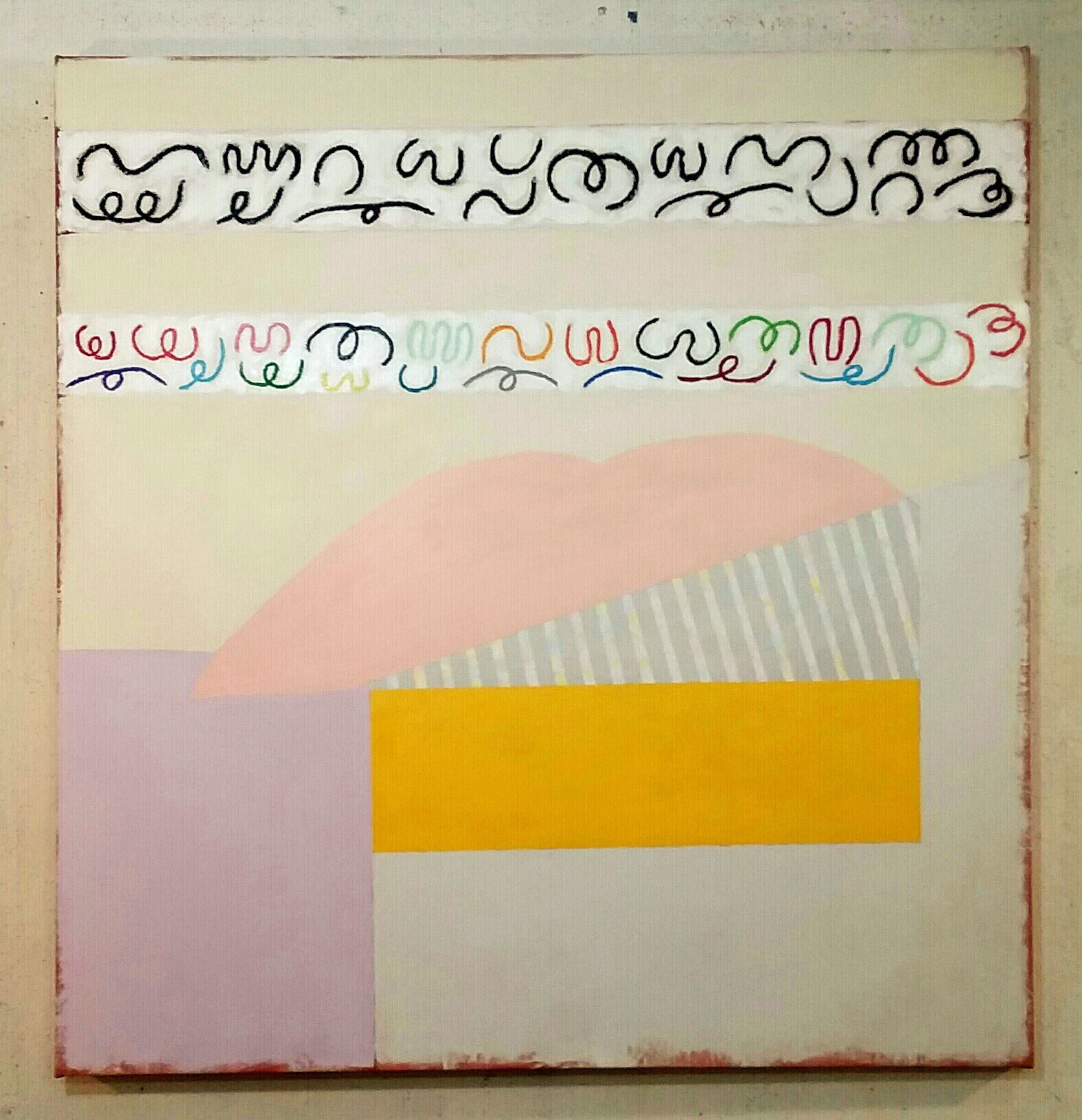Mitch Lewis
Mitch Lewis, August 2022
Mitch Lewis is an artist who looks at his work as a continuous evolution. Growing up in New York City, Lewis was drawn to art at a young age and eventually earned a BA and MA from Hunter College. While he originally trained in minimalism, Lewis has made a point to remain “fresh” in his paintings, constantly playing with shape, space, pattern and color. While he plans his paintings out in drawings first, he remains open to the work changing as he transfers it onto the canvas. Meeting with him in his New York City studio, we spoke to Lewis about his process, his sources of inspiration, and what he has been working on during the pandemic.
White Dove, 48 x 60 inches
EZ: How did you start making art?
ML: Well I always loved art even as a child. I loved drawing and painting. My father was a part-time sign painter to complement his income. We grew up in the Bronx and there were always brushes and paints around the house. I got more and more involved as a teenager. I didn’t get really serious about painting until college.
EZ: Who are your biggest influences?
ML: I really related very quickly to artists and my painting teachers: Ralph Humphry and Robert Huot. I really felt a connection. They were really inspirational and they were hard on me but I accomplished a lot of work and I felt good about what I was doing. I like Cy Twombly and I also like Rothko’s paintings and how he blurs the edges of his colors. I try to capture that showing some of the brown-gold along the edges. Humphry always made us draw a square around the edges of the paper. He said, “This is to remind you to work with the entire surface” and I never forgot it! I’m also inspired by being around creative people, like artists and writers…I meet people at the [Carter Burden] gallery and it's a nice source of creative people I can talk to about art. There’s always some technique, always something to talk about. Other artwork inspires me as well, like something I find on Instagram for example.
EZ: I feel the same way, I love drawing inspiration from what others are doing. So, that being said, what does your artistic process look like? Does it ever change?
ML: I actually start with drawings…I start with drawings and the drawings are actually based on previous drawings or previous paintings. I’m influenced by what I’ve done before. I’ll work on a drawing and from there I’ll progress to the painting. It’s really kind of like an evolution. I like if there is a thread that goes through all of my work, so if you look at my work now, 5 years ago, or 10 years ago, you can see a relationship. Still, I try to push myself to do something new or different every time. Sometimes I hit on it, and sometimes I don’t.
EZ: I know that you were originally trained in the minimalist school of painting and have since challenged yourself to work outside those constraints. How have you been able to push yourself? Do you think you’ve succeeded in breaking away from those teachings?
ML: In the late 1960s, when I went to school, most of us were trained in the minimalist school. There are certain concepts – line, form and color – that are pretty fundamental to whatever you do but I get bored of sticking to the same thing – I mean how many years do you want to spend doing hard-edge paintings and that’s all you do? So I branched out, loosened up. Certain series of my work are looser and less minimalist and others are more structured and hard-edge. I didn’t escape from it completely but it’s different from when I first started. Like I said, I always try to do something new.
EZ: I can see you frequently work with pastel colors. What draws you to those specific colors?
ML: I’ve always loved pastel colors. I’ve worked with other colors too but I always return to the pastels. I think they’re very sensuous. I think the colors are beautiful. People always say, well how can you use pinks and blues together” but I’m always attracted to them and how they relate to each other.
EZ: I noticed you use a lot of this squiggle motif in your work. Can you tell me more about that?
ML: When I started out many years ago, I used to work with rope and string. I made sculptures out of rope, but I wanted to move on. But some of the shapes from the ropes have kind of remained. Plus, I like some of the freedom that artists like Cy Twombly paint with – those scribbles – and I just found that exciting. I said, there’s a guy that’s not afraid of new things.
The truth, the whole truth, and nothing but the truth, mixed media on canvas, 54x54“, 2022
EZ: What is the hardest part of creating for you?
ML: The hardest part is remaining fresh. Everytime I’m working on a new painting I want it to be fresh and not just repeating what I’ve done before. Having confidence in the painting can also be challenging: Does this painting work? Does it not work? What can I change? Occasionally, I’ll go back and fix a little area that I don’t like but sometimes I’ll just start over. For me, it’s also hard to work small. I have a space in upstate New York where I work in the basement and it has 8 foot or 7.5 foot ceilings. I’m able to work bigger there but I usually come back to around this size, 48 x 60 or 54 x 54.
EZ: What effect do you want your work to have on viewers?
ML: Well I want people to enjoy the paintings. I want them to feel the paintings. I like it if some of the paintings have a little tension in them, a dynamic tension between shapes. My goal really is to make beautiful paintings. I’m not interested in making a political statement…the artists that do that are very brave but that’s just not for me. I’m just trying to bring beauty into my life and the world. I want my viewers to feel sensual energy. I don’t want them to feel violence. I want them to be pleased with what they’re seeing.
#19 Turn Over, mixed media on canvas, 44x42”, 2021
EZ: I guess that leads us to my final question for you: in your own words, what does art mean to you and what is the role of art in the world and in the global community?
ML: Art has played an important part in my life since I was a very young man. It wasn’t always easy but I always stuck with it. I think art can bring us together and political art can certainly make a statement. But I think it’s just good to bring beauty and harmony into the world. I’ve never been there but I’ve seen pictures of the Rothko chapel in Texas. People just go in there and sit and stare at the paintings and it becomes like a religious experience. It has a calming effect. So I try to come in and make things as peaceful as I can…Art is an escape for me. I did a lot of art during the pandemic actually. I was in Upstate New York, in my basement for 12 months and it was the most art I ever did. In a way, I kind of blocked out COVID. I just went from one painting to the next. The art…it really saved me.







